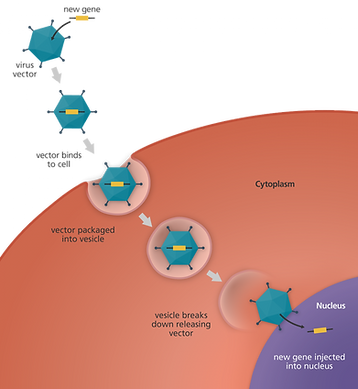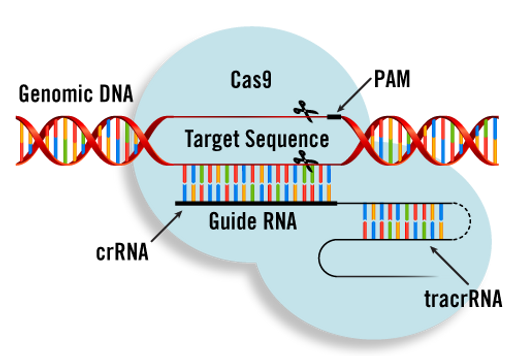
HIV AND AIDS
IN
TODAY'S WORLD
[W8]

GENE THERAPY
The HIV virus has been used to treat
genetic diseases.
[W9]
Scientists and researchers alike have been researching HIV and AIDS for decades. From this research, information has emerged that could help treat other diseases that do not have a cure. Researchers from Italy have used previous data to begin a study which involves using viral vectors from HIV to aid in the treatment of metachromatic leukodystrophy and Wiskott-Aldrich Syndrome, two severe genetic diseases.
-
Viral Vector: a tool that allows the transfer of genetic material into cells [W1]
-
Metachromatic Leukodystrophy: affects the myelin of the brain and central nervous system; caused by the lack of the enzyme, ARSA [W2]
-
Wiskott-Aldrich Syndrome: a disease where the immune system functions abnormally and the body struggles to form blood clots [W3]
HOW DOES THE HIV VIRAL VECTOR WORK?
The vector is first altered so it will not cause disease when it enters the cell. Then the researchers went through these steps:
-
Removed hematopoietic stem cells from the bone marrow of patients
-
Correct copies of their defective genes are inserted into the vector
-
The vector gets inside of the cell
-
Once reaching the nucleus, the new genes are inserted and begin replication, while the virus dies off

2
3
4
[W10]
These trials began in 2012 with a total of 16 patients. 3 years later, in 2015, 6 of those 10 patients are living normal, pain-free lives as a result of this treatment. [W4]

GENE EDITING
CRISPR has been used to stop the replication
of HIV.
[W11]
The CRISPR-Cas9 system is a way for researchers and scientists to cut DNA and add or remove specific genes [W5], like in the diagram below:



[W12]
A Japanese research team led by Professor Masanori Kameoka published their 2019 study where they have begun controlling the replication rate of HIV by looking at 2 genes, Tat and Rev. This team went through the following steps:
-
Design 6 types of gRNA that work with CRISPR/Cas9 and the HIV
-
Created a vector and introduced it to cultured HIV cells that expressed Tat and Rev
By using this process these researchers were able to almost entirely suppress replication in the HIV cells [W6]. If this process were to be approved, it could possibly lead to a cure for HIV/AIDS because more studies could be conducted. Furthermore, it is a cheaper, faster, and more efficient mode of gene editing [W7].


